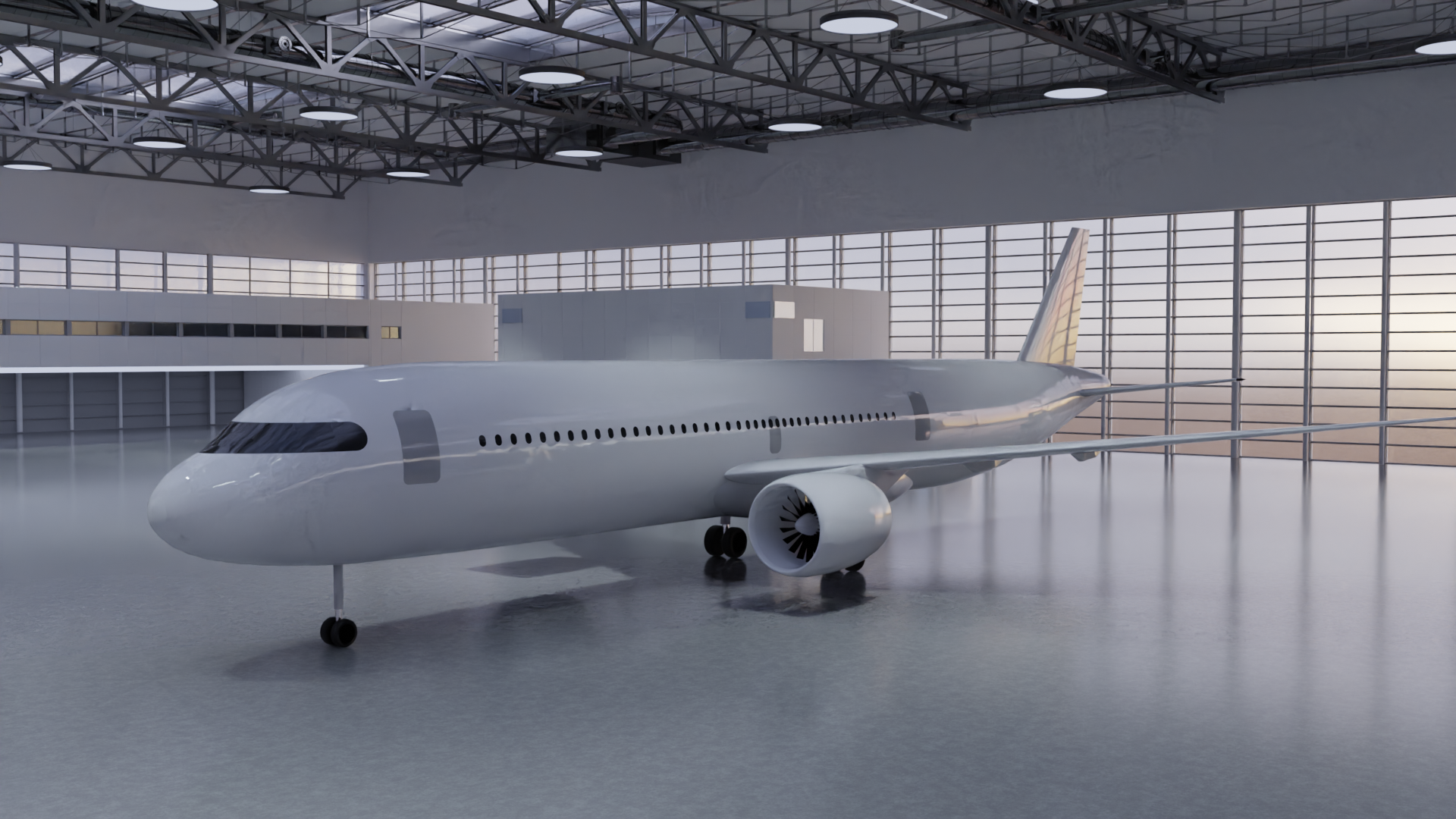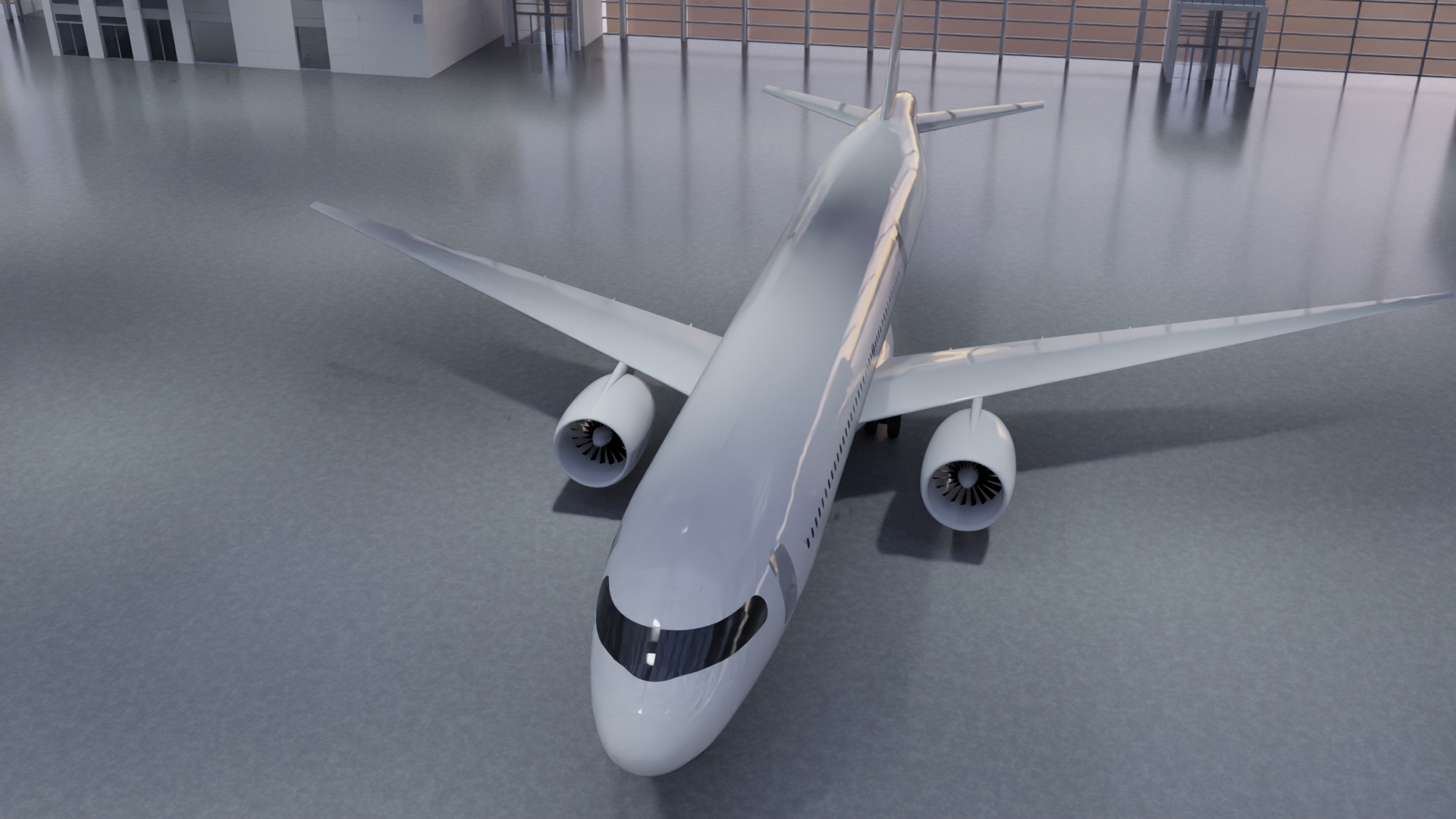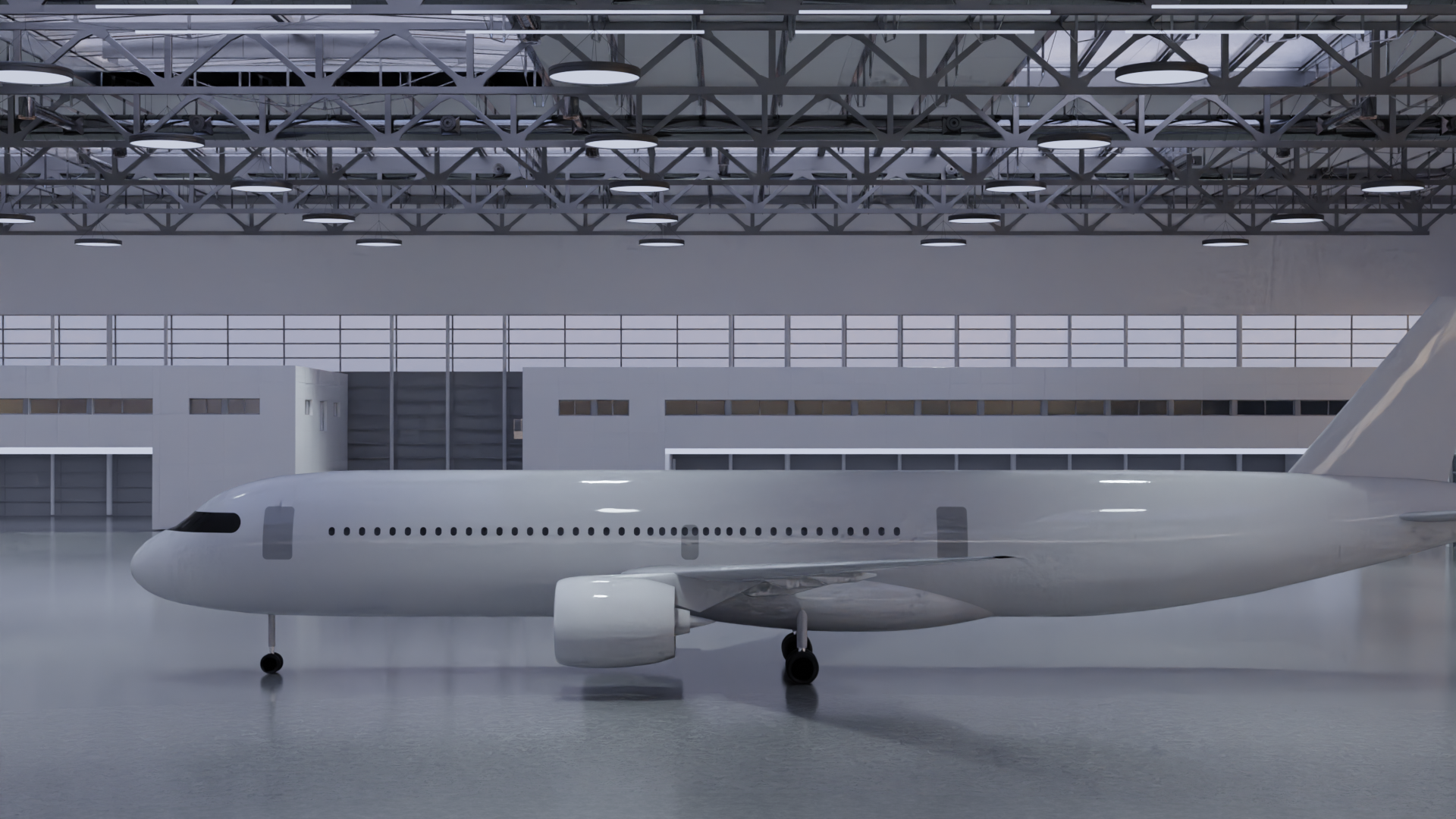The most important differences to today’s short-haul aircraft are:
- Liquid Hydrogen as an energy carrier.
- Increased wing span (45.0m) for improved aerodynamic efficiency.
- Carbon fiber reinforced polymer (CFRP) wing structure to reduce wing mass.
- Ultra-high bypass ratio (15) turbofan engine.





